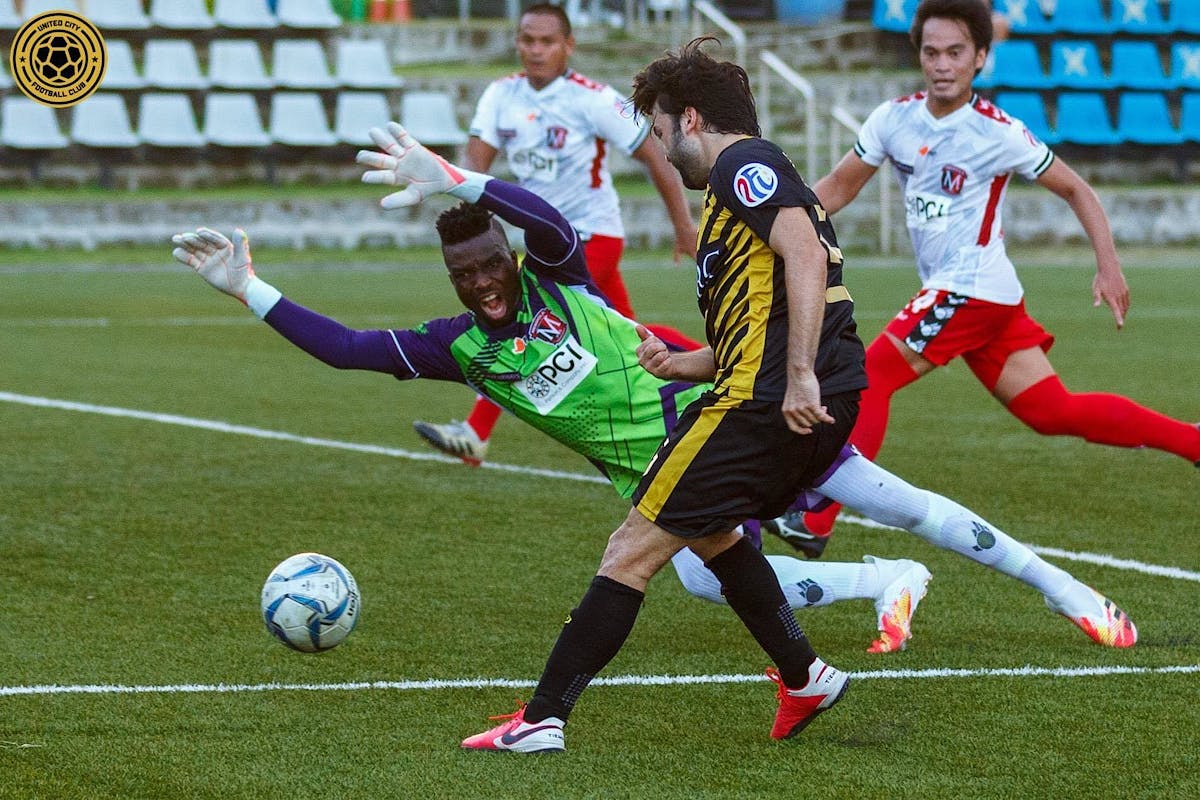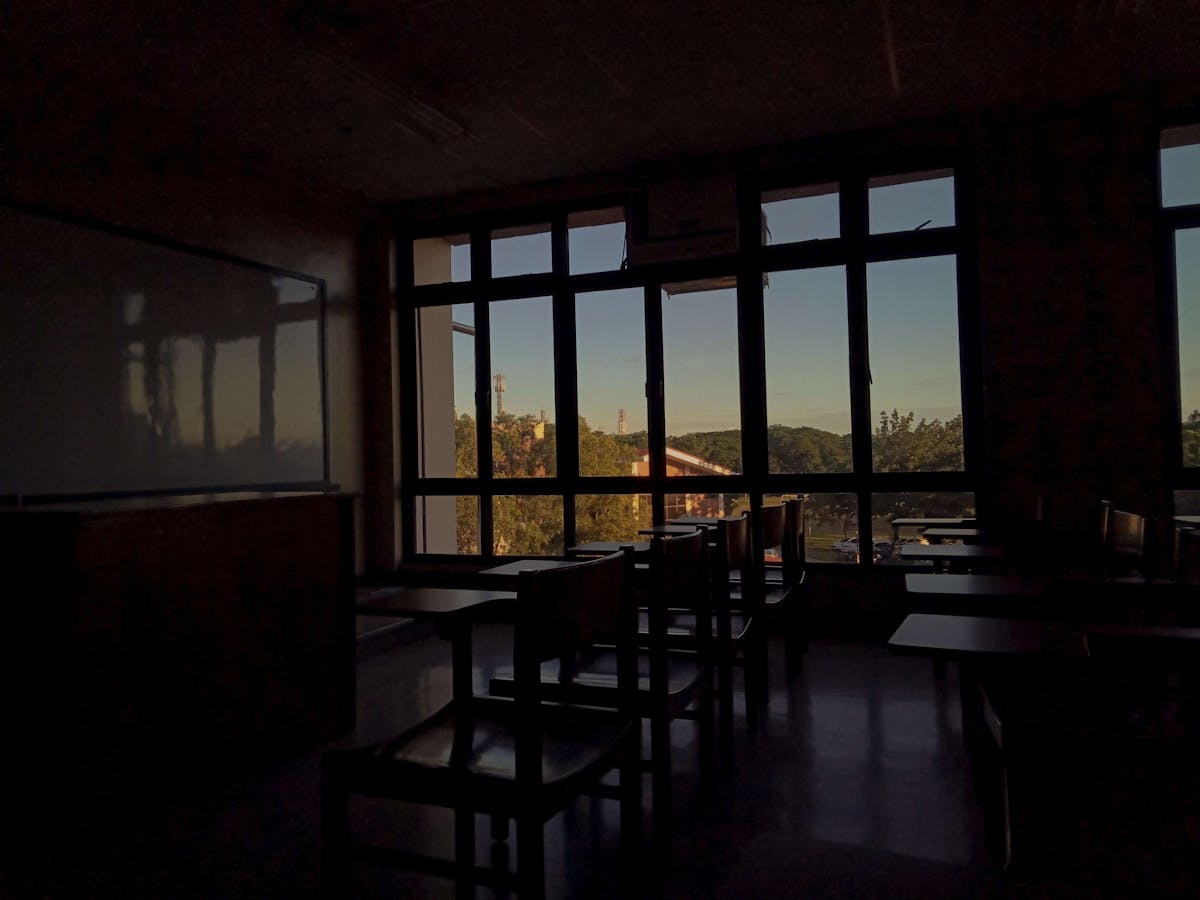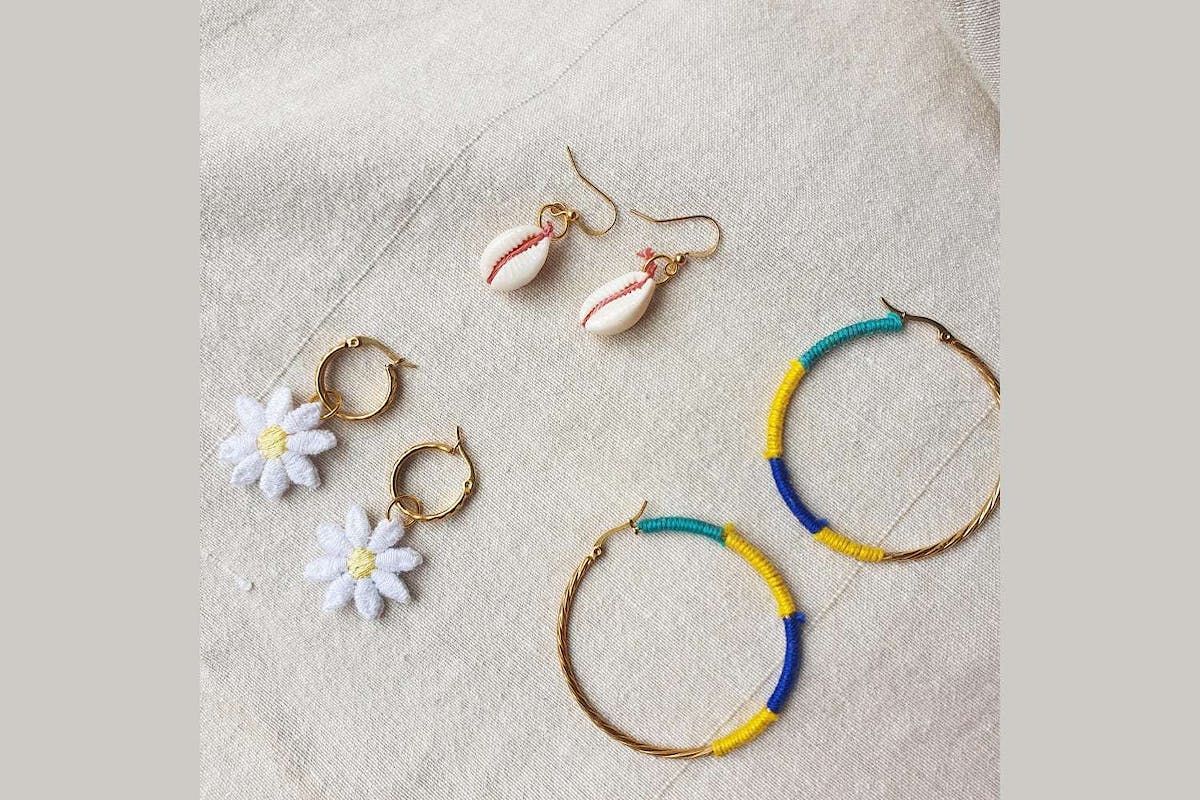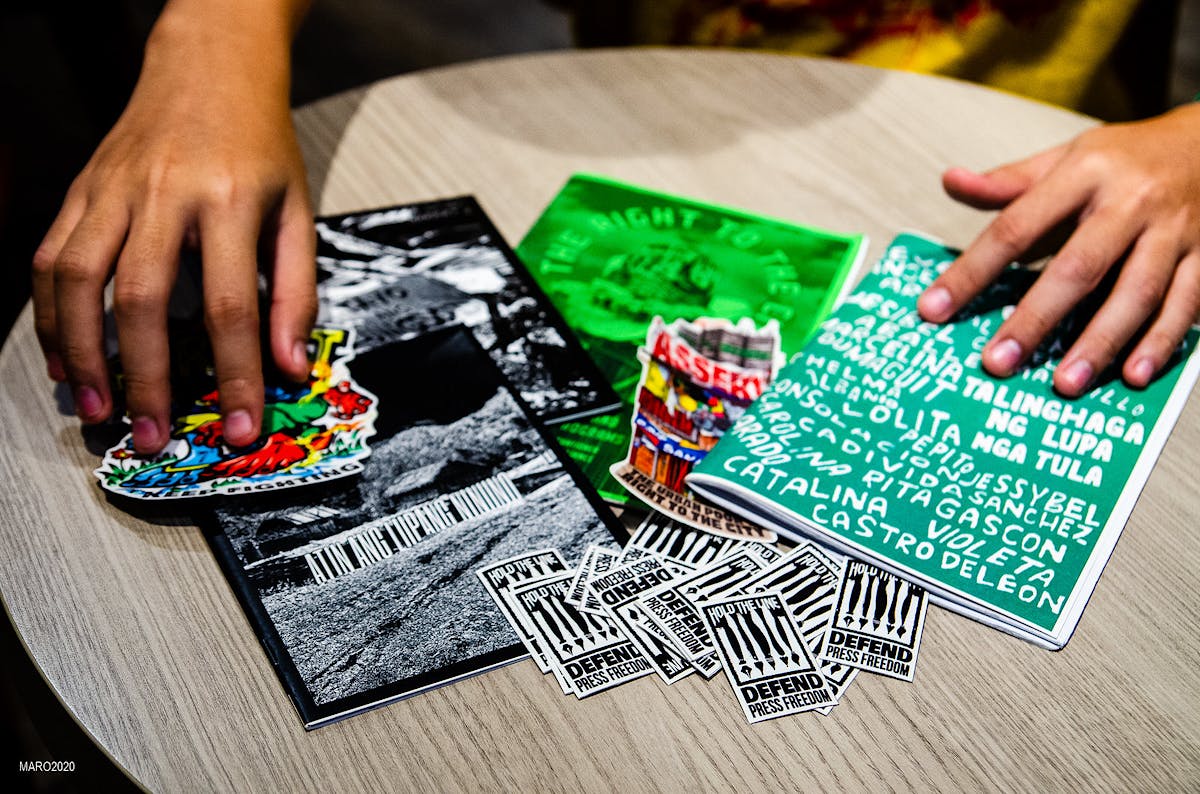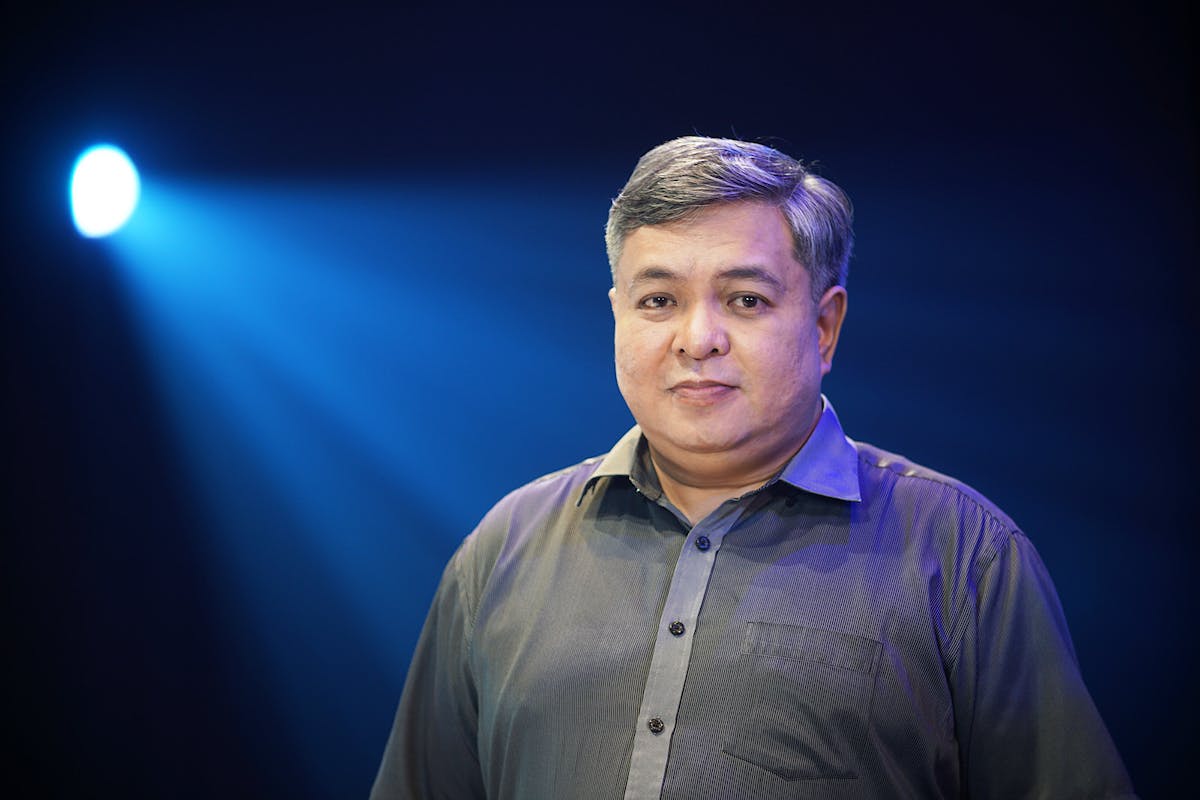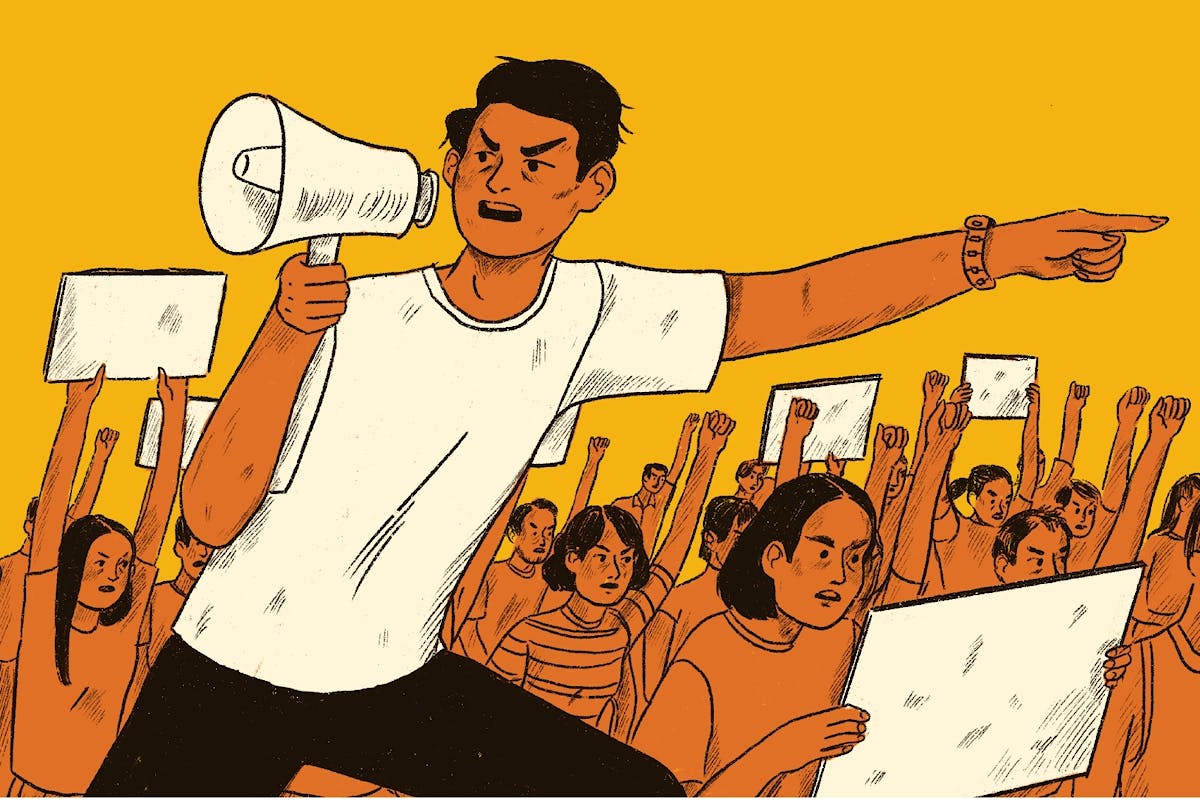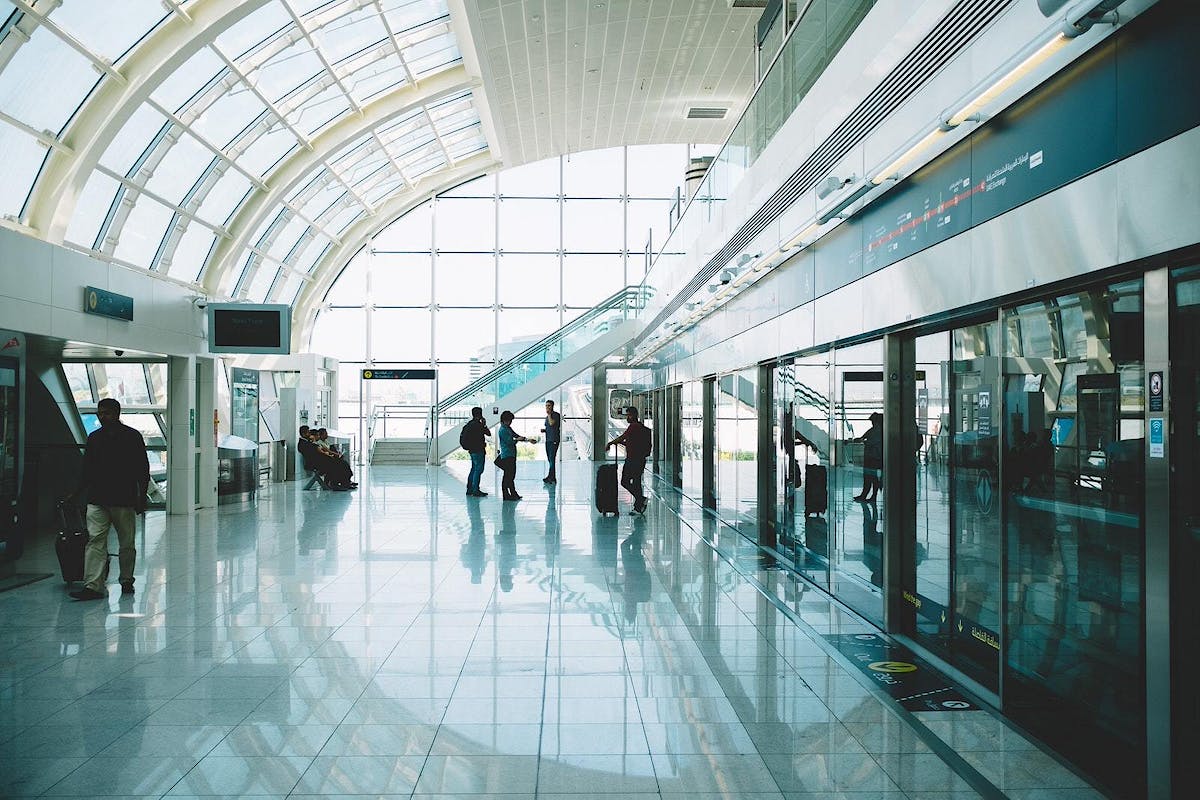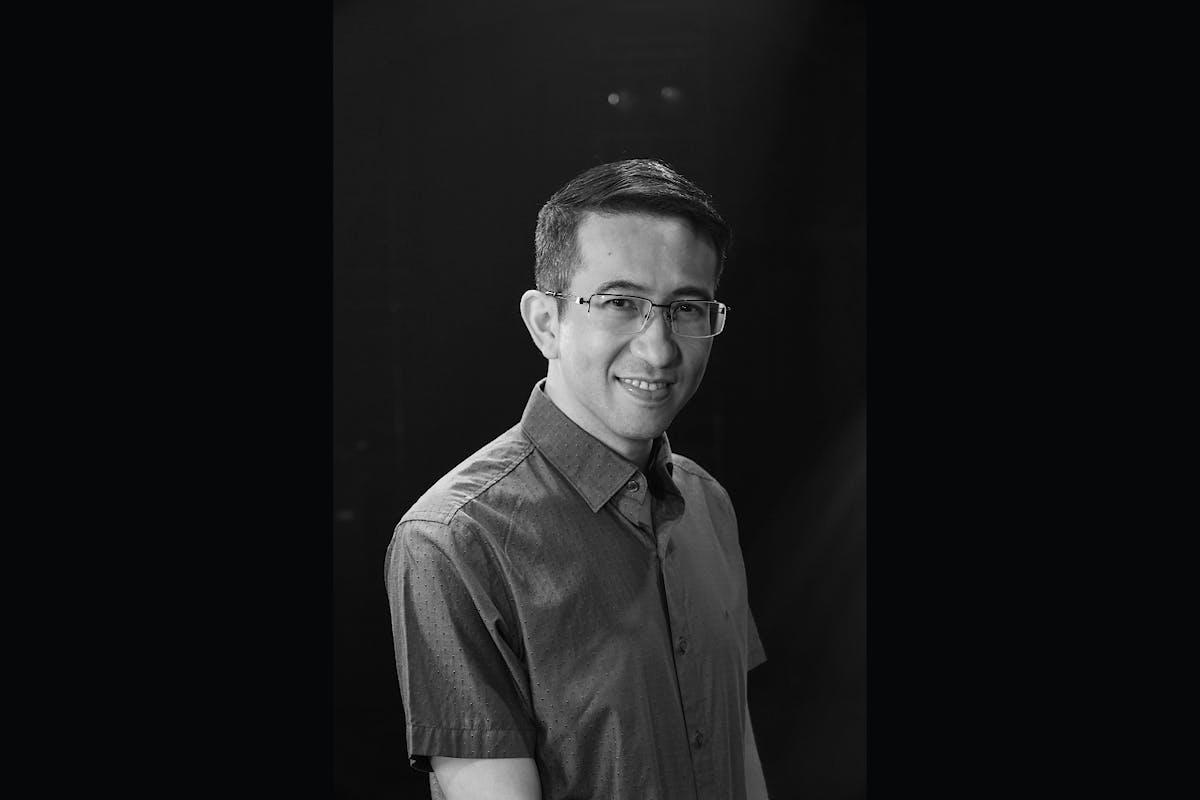
Our Way Forward
What Shall We Do When the Ghost Light Dims?
Theater in Post Pandemic Times

A ghost light shines on the dark stage of many theaters, a floor lamp with a single bulb light that we turn on when the theater is not in use. As it will be in the weeks or months to come in this time of the pandemic. We leave the light on in memory of the “theater departed” -- the artists, crew, and the audience who have gone home after the show, but also now our theater colleagues who caught the virus and passed away, the new ghosts who will join other spirits playing in the darkness of the stage. We leave the light on for another reason: as a reminder that the show will, and must, go on no matter how dark the night, how dark the world out there.
How will we go on in the post-pandemic era? If theater is a mirror of society, what will be the mirror that we will hold up in the future? What thoughts, feelings and images will we now convey to audiences? What kinds of entertainment will be more appropriate? What forms will work better? And will we be able to look at a full house without a tinge of anxiety that we may be contributing to the transmission of a disease?
The answers are difficult to come by. We can only speculate.
Theater, for one, abhors distancing; it is among the most tactile of arts. We huddle together to watch a show. We interact body to body with performers on stage and off stage. We enjoy physical expressions of affection. Shall we continue to do so? Or shall we reconfigure physicality as we adjust to a new normal? Shall we witness more Puppet Theater or a form of immersive theater where audiences move or sit in small groups around the space? Shall we see a resurgence of open-air performances, the kind we experience in parks, plazas, and market places? Shall we also watch more online performances and live streaming as we collaborate more actively with film and video artists? Will things ever be the same as before?
One is that the stakes are much higher now. The personal is not merely political but global as well. People who abuse their power, display incompetence, lack sympathy, or harm people of certain races do not only threaten the lives of a few but the lives entire cities, regions, countries, and continents. Nations where systems of welfare and care are weak, where sustainable environmental policies are half-hearted, and where support for research, creativity, and innovation have taken a back seat to economic growth and political gain also jeopardize lives over the long haul. How can theater make audiences more aware of these higher stakes of social life?
Another is the need to break down barriers to compassion and care within and across nations. Meditations on compassion urge us to blast rays of love to sentient beings in our immediate groups – families, friends, colleagues in our place of study or work – and then to unknown people in cities, regions, countries, the earth, even the galaxy. Much the same is what we need to convey if we wish to free ourselves from pain and gain more clarity in what we must do. How can theater make audiences see the broad spectrum of compassion that needs to be alive when the next pandemic seizes us?
Still another is a much greater awareness of our own vulnerability. We are confronting COVID-19 without a vaccine and with relatively little knowledge of the workings of the virus and the manner of arresting its growth. We isolate and disinfect ourselves not as a cure but only as a way to slow down the outbreak, unburden hospitals, and flatten the curve – a protocol some nations do not even see as necessary. We are, in short, in the grips of something beyond our control. We must learn to surrender ourselves to something larger than ourselves. But to what? To whom? And how?
We have also become more acutely aware of the fleetingness of time and the possible sudden loss of people we love. All this makes us more vulnerable and more at risk to ill-being. Where will we find strength in times of great vulnerability? How can theater give us the comfort, courage and the sense of inner peace to survive in these uncertain times? Can theater reinvent one of its strengths – its immediacy, its focus on the present moment, its reliance on the imagination – to give us calmness, perspective, and connectedness? Will this be the new safe space of the theater?
Shahid Nadeem, a playwright from Pakistan, who wrote this year’s World Theater Message, invites us to view theater as a “sacred shrine” where we can “replenish our spiritual strength” and “fight apathy, lethargy, pessimism, greed and disregard for the world we live in, the planet we live on.” Nadeem wrote this message before lockdowns and quarantines took effect. His words take on greater resonance in today’s difficult times.
Post-corona theater, as Nadeem will agree, ought to be a theater of humanity, one that is able to recognize pain and use it as a stimulus to generate compassion and gratitude to all peoples. Fade out ghost light, fade in stage lights. Showtime!






